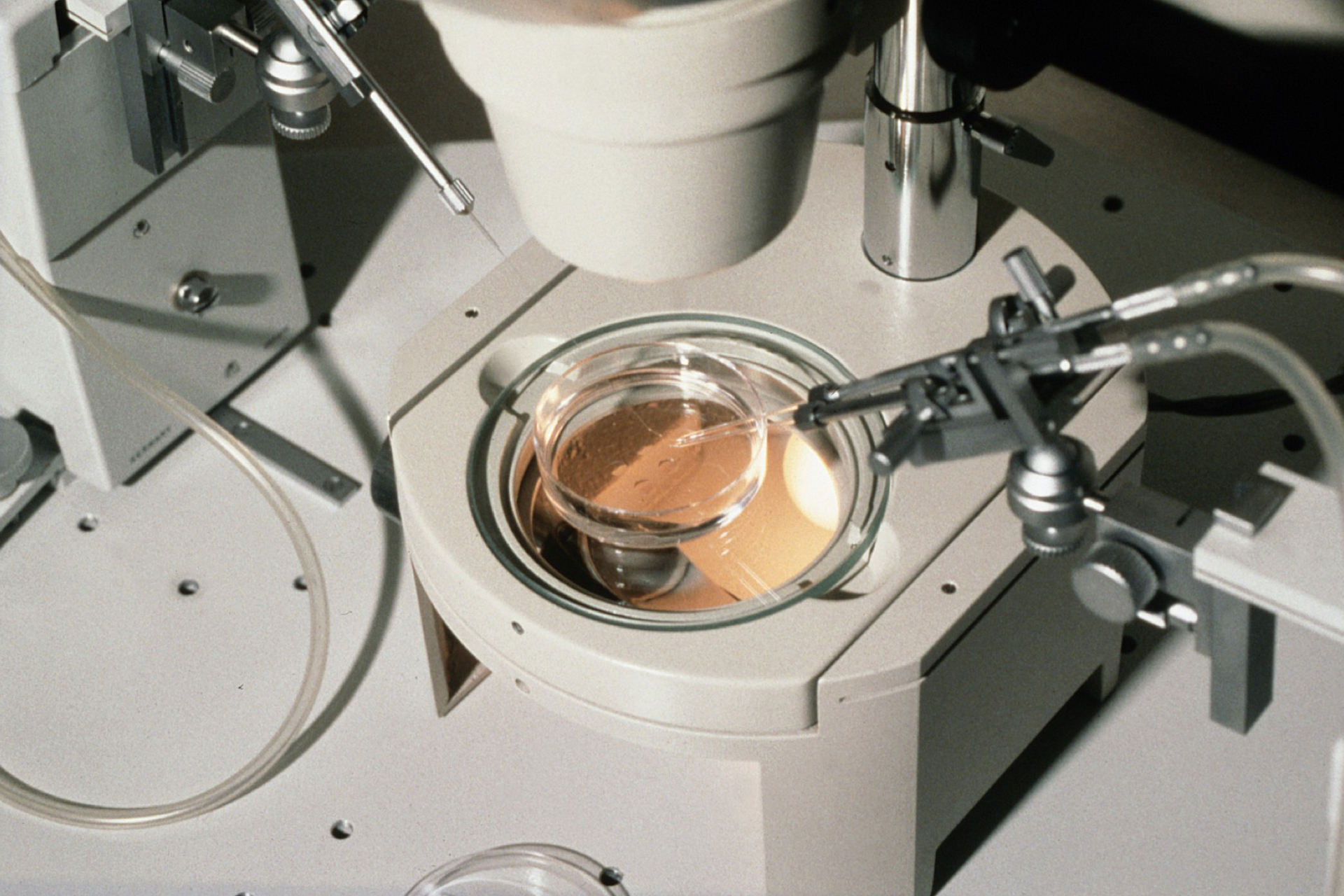The Care Quality Commission (CQC) will take over policing of IVF clinics, despite worries it cannot cope with the additional workload.
In a meeting with the Health Minister, Simon Burns, last week, reported by the Guardian, it was confirmed the CQC will absorb many of the duties of the Human Fertilisation and Embryology Authority (HFEA) alongside its main role of inspecting hospitals and care homes.
Dame Jo Williams, head of the CQC, warned that since much of the work fell outside of their remit, it could 'compromise the CQC's ability to deliver its core business'.
The new roles of the CQC will include IVF regulation, inspections at clinics and delivering patient information on fertility. Initially working in partnership with the HFEA, the CQC will also take over the work of the Human Tissue Authority, regulating the use of human tissues in research, treatment and teaching.
The CQC was set up in 2009 and since then has faced heavy criticism, being reprimanded for its handling of the abuse at the Winterbourne View private hospital in Bristol, and for its role in the scandal at Stafford Hospital, following the accidental death of hundreds of patients through neglect. Speaking to the Guardian, an unnamed source at the HFEA described the plans as a 'calamity waiting to happen'.
The Health Minister has confirmed plans to consult before a final decision is made. The Public Accounts Committee is due to question the CQC on its ability to take on these new responsibilities when it meets today, Monday 12 December. It will report in January.
The HFEA is due to be abolished at the end of the current parliament. In recent years, it has been central to UK policymaking in controversial areas, including lifting gamete donor anonymity, and research using embryonic stem cells.
A spokesman for the Department of Health assured people that 'The department has a constant dialogue with CQC on both its existing role and proposed changes to that role as well as the timing of those changes and will continue to work closely with CQC'.





Leave a Reply
You must be logged in to post a comment.